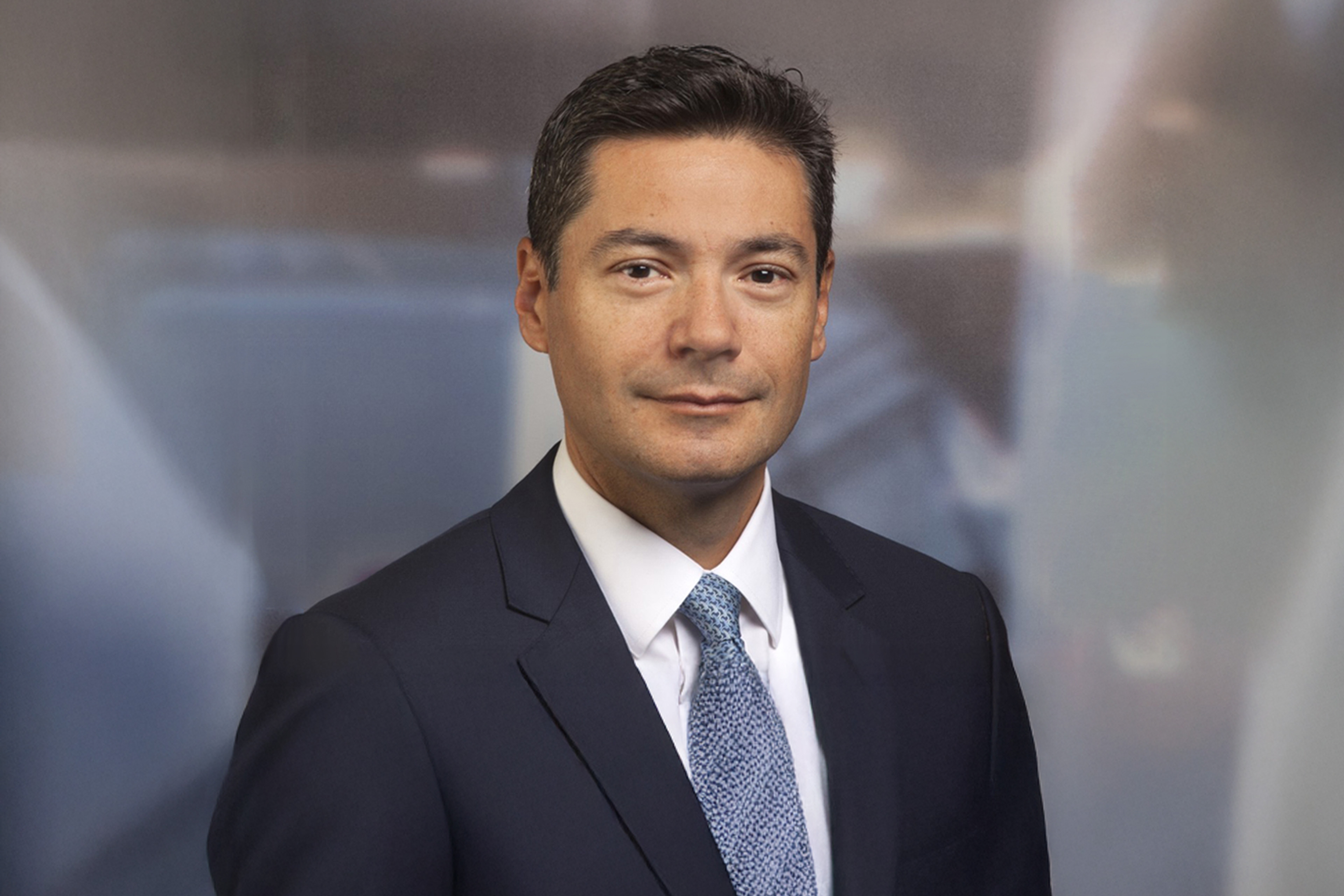EY refers to the global organization, and may refer to one or more, of the member firms of Ernst & Young Global Limited, each of which is a separate legal entity. Ernst & Young Global Limited, a UK company limited by guarantee, does not provide services to clients.
How EY can help
-
Discover how EY's finance consulting services can help your business capitalize on opportunities to drive profitable growth and drive transformative change.
Read more
Questions about the future of the global economy, inflation, interest rates and emerging technology were on the minds of the more than 20 Fortune 250 CFOs who gathered in October. They traded ideas among themselves and with Gregory Daco, EY-Parthenon Chief Economist; Karim Lakhani, professor at Harvard Business School and Chair of The Data, Digital and Design (D^3) Institute at Harvard; and Dan Diasio, EY Global AI Consulting Leader. These CFOs — representing about $2 trillion in revenue altogether — are overwhelmingly approaching the current environment neutrally, while just 7% felt bearish or bullish. Six months ago, only half of them were neutral while 38% of CFOs said they were making targeted cutbacks and 15% were slowing down investments.




